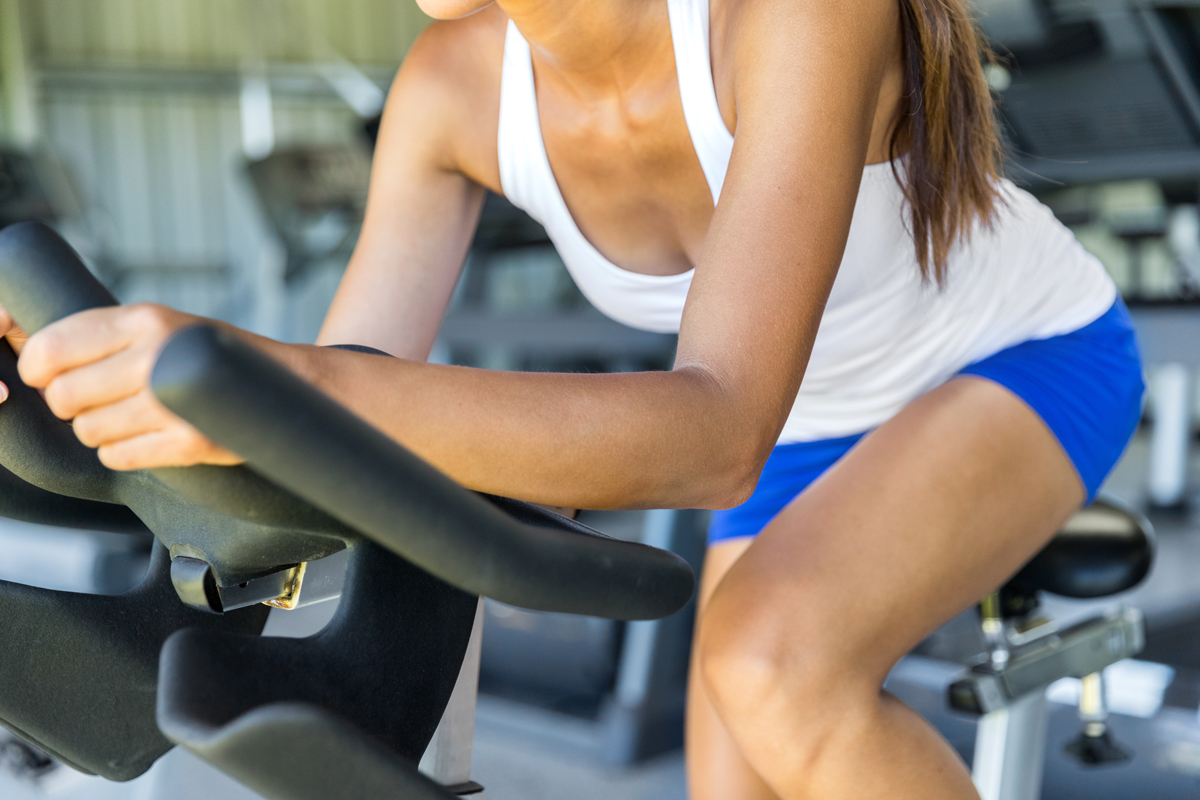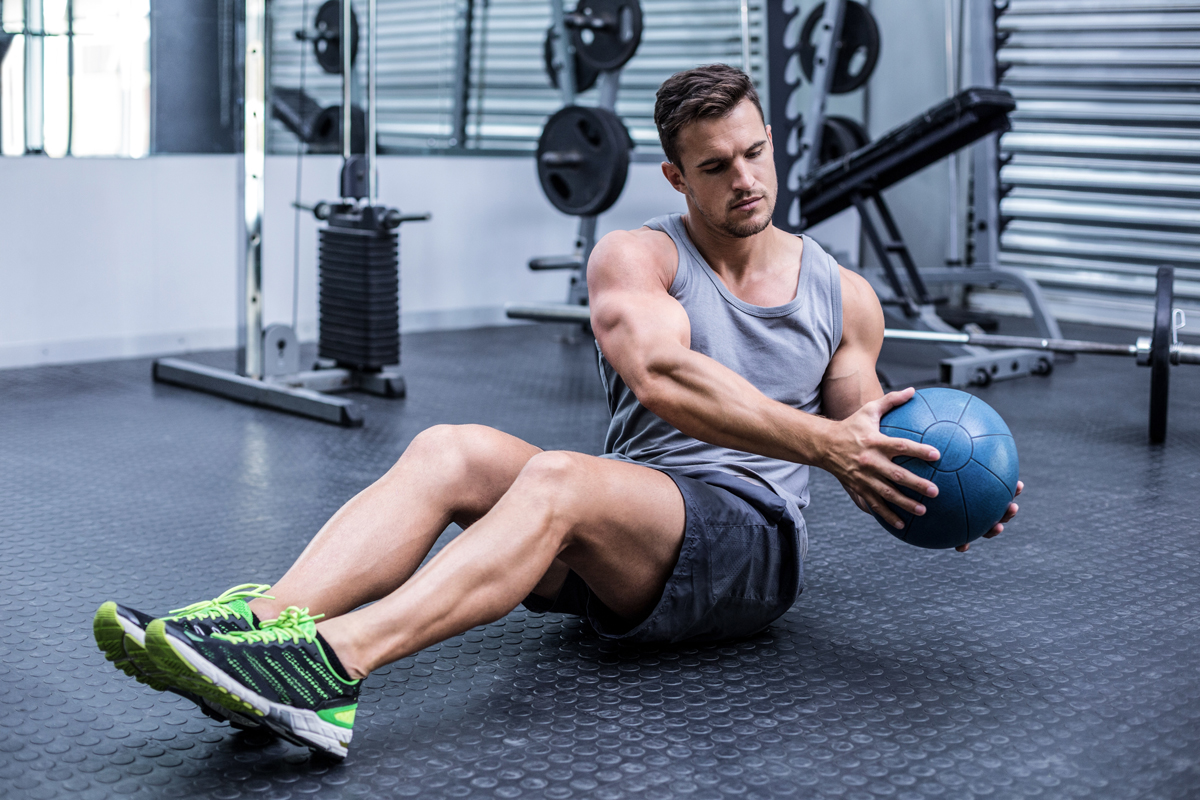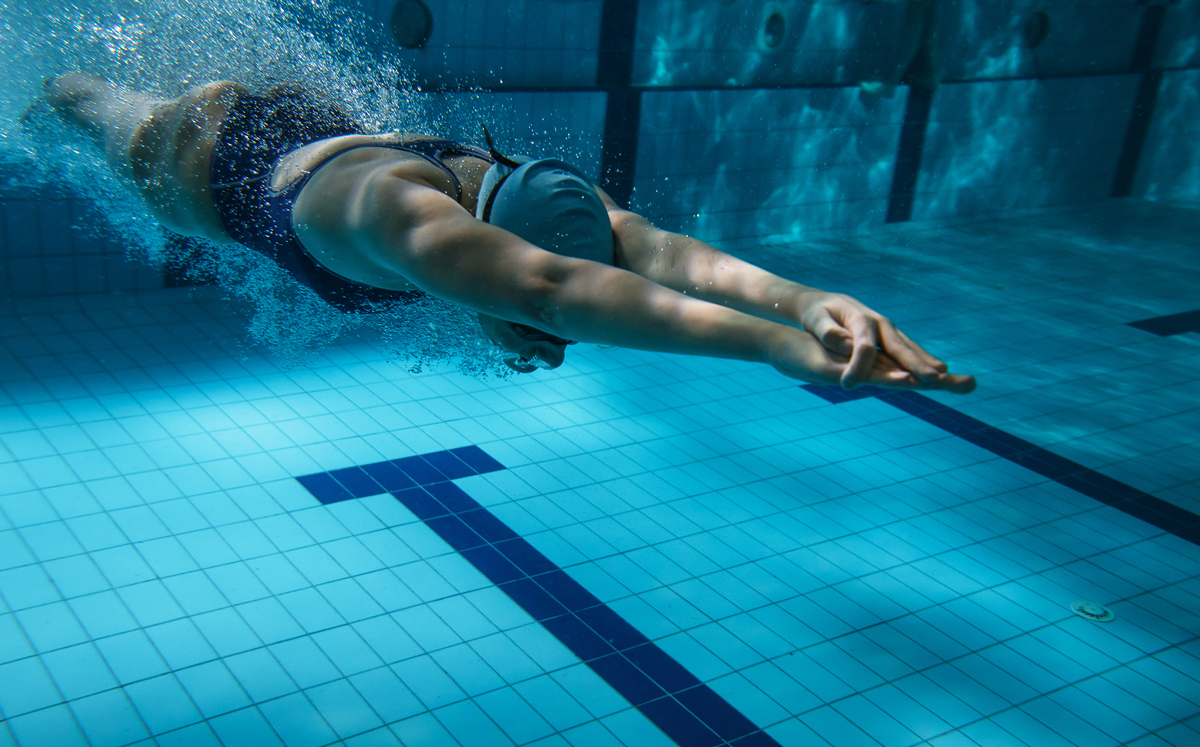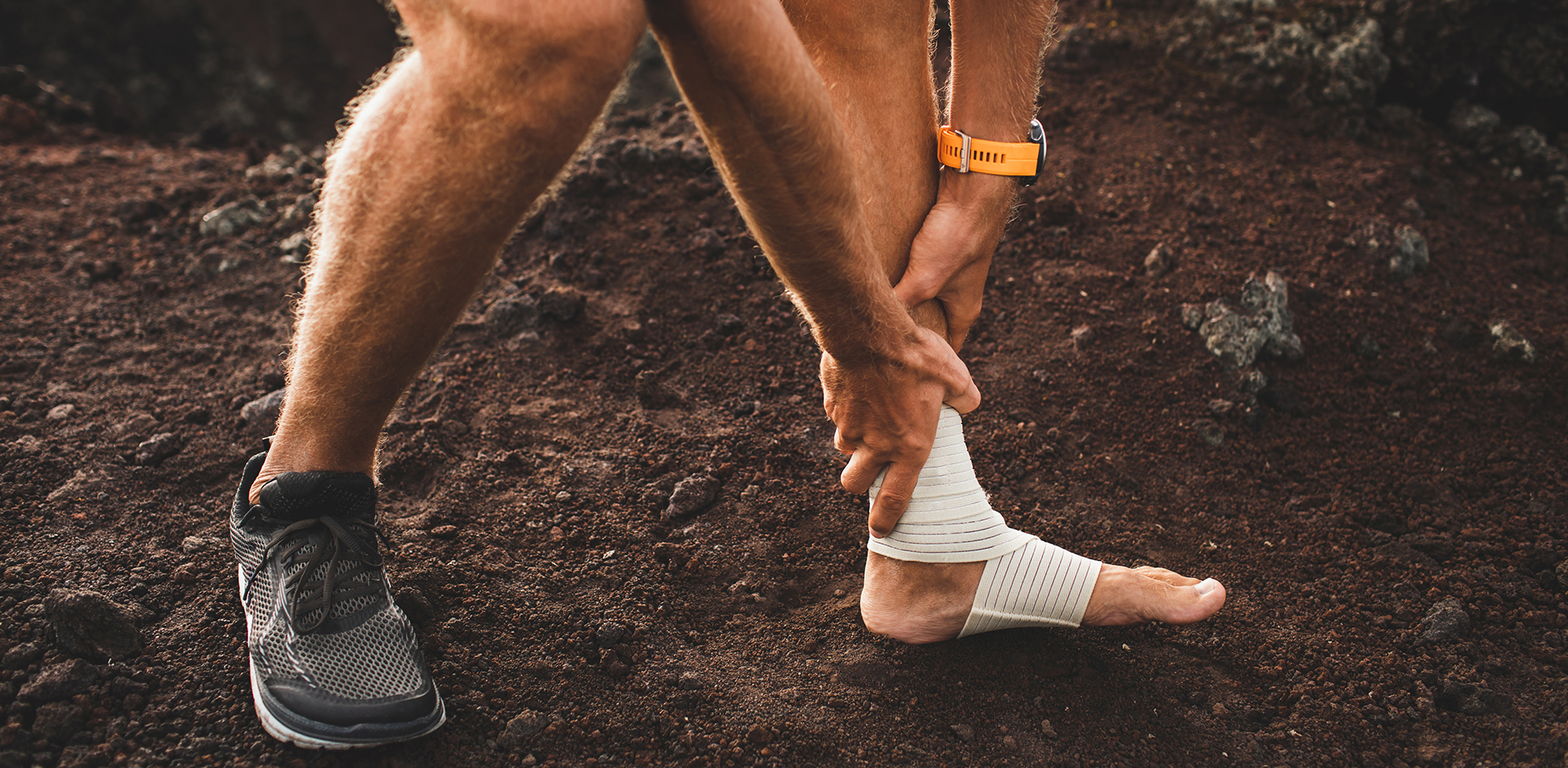An injury is a bane of many athletes. The majority of regularly training runners once in a while are confronted with various overloads and health problems. However what to do to not lose form when we are excluded from running training?
Are there any alternatives?
First of all make the most of this period. During the running abstinence it is worth to take care of the development in sports fields, which will translate into your results after passing the injury.
1.Visit a physiotherapist
The key issue is to determine the cause and address the injury. Only thanks to a well-conducted diagnosis and a conversation with a specialist you can plan your training for the time of convalescence. The period required to return to full running fitness try to make the most of it. Passive rest transform into active training, which will make you stronger after returning. Do not underestimate the opinion of the doctor, because every decision about another activity should be based on a professional opinion. Some sports may harm you, but there are also those that will accelerate the period of regeneration.
2.Build the form in a different way
Look at the positive side! Now you have plenty of time - devote it to the issues that you neglected while running the running plan. During the injury loss of fitness is a common fear. There are many alternatives to keep your body in good shape. For example it can be a swimming pool, bicycle or gym. A good idea is also home training, where you can do simple gymnastics or stretching exercises. Try also to exercise with the weight of your own body - in large numbers of repetitions and with progressively increasing difficulty. All additional activities that you apply will be a valuable asset when you return to running, because they will help you reach a faster rhythm faster. In training, you should choose exercises that you can maintain at the level of 65% of your maximum heart rate, because your effort must be high enough to provide the same physiological benefits as running.
Bike

It is worth entering the intervals on the bike, with high speed (95-110 rpm), which will allow you to maintain the fitness necessary for running.
A typical 3-day block is:
Day 1: 10 min slow (95-100 rpm), 10-20 x 1 min fast (110 rpm) / 1 min slow, 10 min slow.
Day 2: 10 min slow, 1/2/3/4/3/2/1 min fast with 1 min free between each, 10 min free.
Day 3: 30-60 minutes free or rest.
Gym
Complementing running strength training not only will fill you up during regeneration, but also help to prevent another injury. In addition, it will make you become a stronger, faster and more persistent athlete. Of course, you must save the injured part of the body.
A good variant is the use of tape and gums in the plan to inflate the area of the injured muscle with blood. However, it is worth taking into account in your training work on the abdominal muscles (core stability), proprioceptions, try asymmetric exercises, and devote attention to your feet.

Examples of exercises that are worth introducing to the training plan:
1. Plank
2. Russian Twist
3. Scorpion
4. Back Extension
5. Alternating Row
6. Overhead Press
7. Squat
8. Deadlift
9. Stability Ball Leg Curl
How does strength training translate into running?
For example deadlift is a classic strength exercise that involves one of the most innate human movement patterns (hinged at the hips) and is an exercise involving many muscle parties. Dead strings will make you faster and stronger. The hinge is the key movement of your body that drives the running. Let the pain be your guide during the training - when you feel something at the injury site, try another exercise. In addition to building strength in the gym, include in the training the circuits associated with stabilization and mobilization exercises, mainly aimed at the hips.
Swimming pool
Runners who want to increase their strength and lung capacity should put the pool in their training. During running the joints and spine are constantly overloaded, and swimming allows you to maintain the level of fitness in conditions where the joints are relatively unloaded. Going to the pool is a great workout for your cardiovascular system, with low risk of injury.

Sample pool training:
Set I
Warm-up: 200 meters of calm swimming 10 x 100 meters For the first 25 meters, breathe every 3 strokes. From 25-50 meters, take a breath every 5 strokes and from 50-75 meters, take a breath only every 7 strokes. Sprint for the last 25 meters of the set. Cooling: 100-200 meters of calm swimming.
Set II
Warm-up: 200 meters of calm swimming Perform 5 sets of the following intervals: 50 meters slowly, 50 meters fast, 50 meters slowly, 50 meters quickly, and then 15-20 seconds of rest. Repeat. Cooling: 100-200 meters of calm swimming.
In conclusion, the training you use during an injury should help you:
• gain greater body awareness,
• stimulate the growth of "dormant" muscle fibers,
• improve motor patterns,
• get back to full fitness and readiness for further cross-country training as soon as possible.
3. Active regeneration
During the convalescence period, attention should be paid to regeneration. High intensity days should be interlaced with periods designed to reduce accumulated muscle metabolites. Equally important during an injury is the systematic use of a physiotherapist, self-reeling, or choosing different forms of rest such as a sauna or a jacuzzi. Rolleting using rollers available in different densities and sizes can be a valuable part of a runner's regeneration. This treatment improves circulation and blood circulation of the muscles, thanks to which the body regains its health and readiness for training faster. In addition, it will benefit, because the attached tissue limits the range of motion. Increasing the blood flow to the muscles releases tension that can interfere with the normal form of running. It is worth rolling slowly - when you find a sore place focus on it rolling and lightly pressing in a painful place until you feel tissue release.
Summary
Regardless of whether you are training in an amateur or professional way, the injury always excludes from running activity for some time. However, you can spend the recovery period on development in other types of activities that will accelerate your recovery, and additionally they will give you better efficiency after returning.





